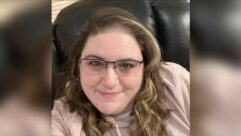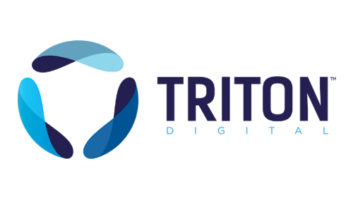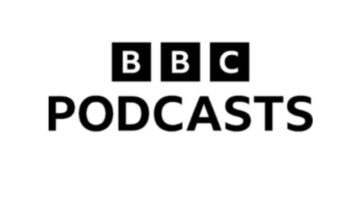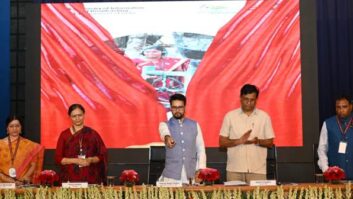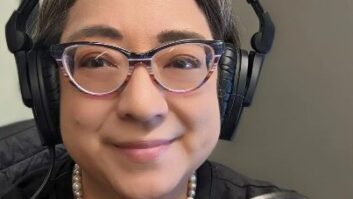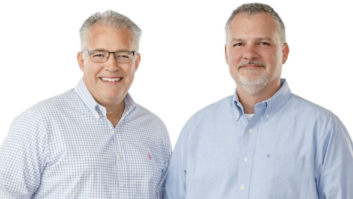Walking the floor of the massive Podcast Movement convention, the energy in the air was palpable. So were the nerves among radio folks in attendance.
In our legacy media system, there is a lot of interest, and much to be proud of, related to podcasting. Noncommercial radio stations and allies have built some of the biggest and best podcasts on the charts. Revenue is indisputably on the upswing, as is listenership, especially among key demographics public and community media need in the coming years.
On the ground, it is a different story.
A colleague in a Midwest city spoke in the hallway of the hardships when superiors do not see the importance of podcasting. They, like lots of radio management, are focused rightfully on the broadcast channel. He bluntly said they find podcasting a curiosity, but do not see a need to be there, or see the opportunities it creates. Outside of the big media panels, this was a story repeated again and again.
For this particular producer on the radio frontlines, podcasting seemed like a wonderful chance to find that new audience. It also offered a venue to highlight the community radio’s diversity, especially inviting in African-American and Latino leaders with whom the station did not have a strong relationship. More than just content, podcasting represented a bridge and a means to transform expectations for a media still looked at as homogenous.
Community radio should be eyeing podcasting just as ambitiously. This inspired medium is the part of the noncommercial educational broadcasting sector most energized by local content. Like all such broadcasters, community radio seeks to make fresh alliances. Stations could benefit by creating interesting local podcasts.
Could your community radio station transform your own future through podcasts? In this changing media landscape, it is possible.

At Podcast Movement in Anaheim, it became apparent that there is no shortage of unique ideas. The problem is that so many people are fixated on national audiences or narrowcasting until the listenership is quite tiny. As an emerging conversation hints at, all the focus on the national is taking away attention from local stories. As a result, local culture and journalism suffers. However, community radio has a unique opportunity to snatch interest, and possibly revenue.
Talking with sponsors in Anaheim, it furthermore became evident that they want to invest dollars in locally based content, because there is so much nationally focused podcasting that taps into everyone and no one. Hyperlocal podcasting is a sponsor’s chance to reach regional markets. Unfortunately the number of strong local podcasts is not as big as you might think. Community radio knows its cities and towns, and needs underwriters. This is certainly a match.
Local podcasting has to sound good, but does not need to be complicated. Consider the High Country News/KVNF partnership West Obsessed. It brings together smart folks to talk about the week’s important state and regional stories. There are many variations of this popular format, such as the KUTX collaboration with the Texas Tribune, the TribCast. KFAI’s Minneapolis 911 is a twist on this kind of podcast, with coverage of stories from city council to crime to nightlife and more. With its Local Feed podcast, community radio station WYCE covers regional farming, food, restaurants and breweries. Binah is a radio show and podcast from KALW in partnership with the Jewish Community Center of San Francisco, featuring visiting speakers from the Center’s Arts & Ideas program. While not a podcast in the conventional sense, KMUN’s listen and download feature for its local City Council meetings is a fascinating way of putting audiences in touch with local democracy.
These ideas and others should pique any intelligent community radio leader’s interest. Your area underwriters appreciate this sort of commitment to the city. In addition, there is a growing interest among funders in projects that enhance communities. For instance, nine foundations united earlier this year to create a $900,000 fund to support local journalism endeavors. Given podcasting’s increasing reach and audience, it is reasonable to expect a well-done digital project can and should get the financial boost it deserves.
Community radio is, by any measure, a magnificent vehicle for local podcast ideas. Stations have volunteers, relationships and authenticity among residents. For each, #ListenLocal is not just a hashtag, but a way of life. Podcasting seems like an iteration of something community media has always held dear: a town’s voices. All it takes is a bit of ingenuity and our desire to grow.




